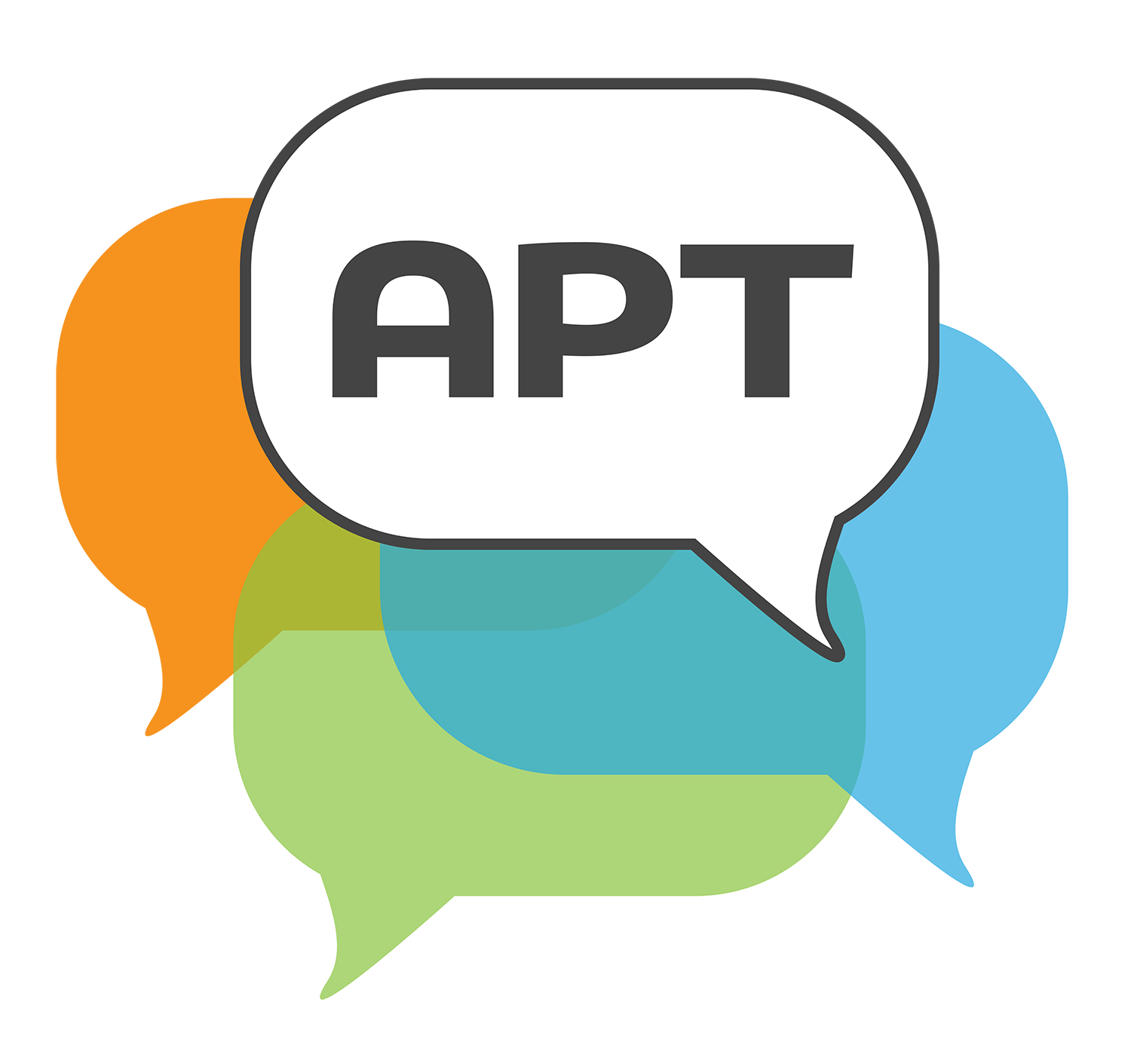My Mother Enters the Workforce, a poem by Rita Dove
Language Arts • Grade 6
Selected segments with commentary below » Full video viewable here.
This teacher is reading Rita Dove’s poem ‘My mother enters the workforce’ with her sixth graders. She starts by eliciting their reactions, asking them to select a favorite word or phrase, and emphasizing that there are no right or wrong answers. Before she gives them 30 sec to do that, though, she asks a student to repeat the instructions, so as to be sure everyone understands the task.
From 2:19 through 2:52 she lets the students report their choices, then asks them to turn-and-talk to explain that choice to one another. Again, she asks one student to repeat her words, ‘there is no right or wrong answer because it is your own personal opinion’ and another to define the task ‘why we chose what we did.’
In this interesting exchange with Laticia, it emerges that Laticia thinks ‘velvet’ (in her favorite phrase, ‘deep as a velvet forest,’) means purple. The teacher clarifies ‘it is a type of fabric,’ but Laticia insists ‘I see purple fabric.’ Rather than hammering on the point that velvet can be any color, thus perhaps undermining her point that students’ opinions cannot be right or wrong, the teacher goes on to another student’s nominated phrase at 04:55.
Similarly, when Marcus at 5:20 opines that "Velvet deep as a forest," and, "A needle deep through the quicksand" suggest the mother is knitting, the teacher responds simply ‘okay,’ despite textual evidence in the poem that she was sewing (on a ‘treadle machine,’ which perhaps needed glossing for these 21st century students) rather than knitting.
Here the teacher reverts to a more traditional sequence of IRE exchanges, after letting the students talk to their partners about why the poem focused so much on clothes. They articulate effectively a central theme of the poem—how hard the mother is working and how much ‘grit’ it required of her.
Speaker 24 echoes the theme of hard work, but voices the misinterpretation that the goal of the had work is for the children to go to business, whereas a more conventional reading of the poem is that the mother is earning money for her own classes in typing. The teacher does not correct this inference, responding simply with her standard word of approval, ‘Beautiful.’ Maintaining the stance that students are responsible for doing the work of interpreting the poem, and that their opinions are valid, requires resisting the temptation to function as the one authority in the room during these interpretive activities, with the cost of sometimes letting misinterpretations slide.
In her later voiceover (at 14:35), this teacher says explicitly “I find that sometimes poetry is, one, where students who've never felt successful in the classroom flourish… And two, the things that come out of their mouths, the ideas that they are able to come up with by reading these poems are over my head.” She allows discussion in her classroom because she is genuinely interested in her students’ views of the poems. Telling them they are wrong about specific details in their interpretations might well threaten their willingness to do the interpretive work and replace it with a focus on discovering the teacher’s view of the right answer.


